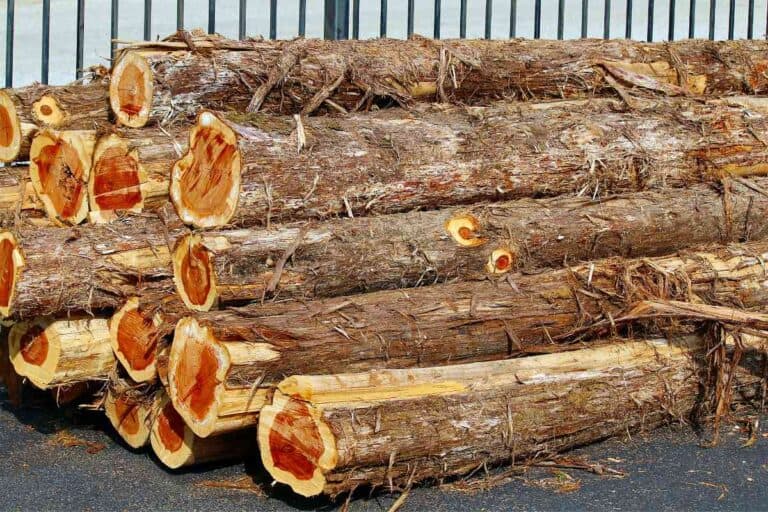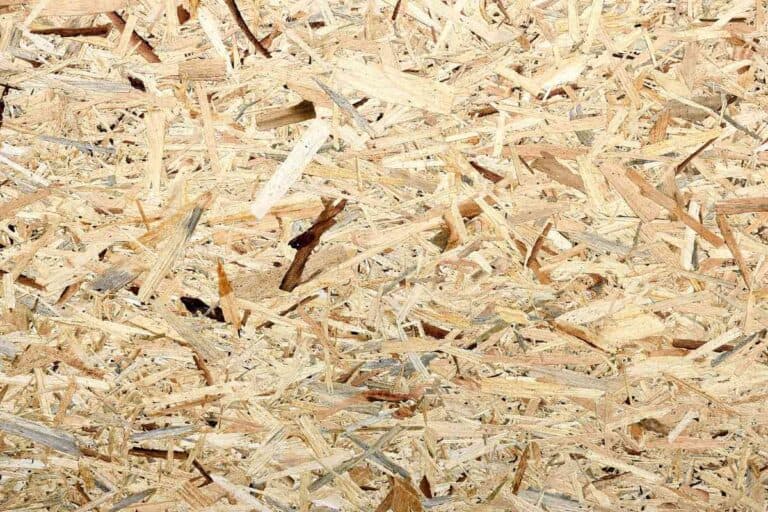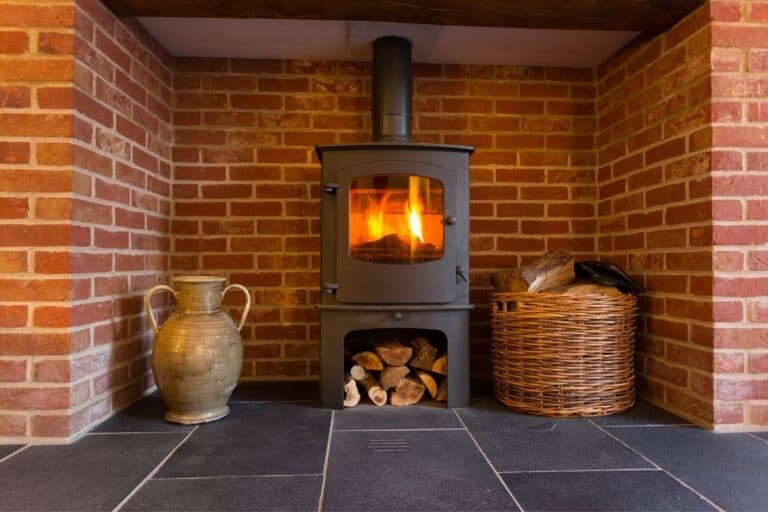Can You Use Cement Board Behind a Wood Stove? (SOLVED)
Installing a wood stove isn’t as straightforward a process as one might think. You will need to ensure it is safe and meets the necessary legal requirements. Heat shields are essential and many people are unsure as to whether they can use cement boards or not.
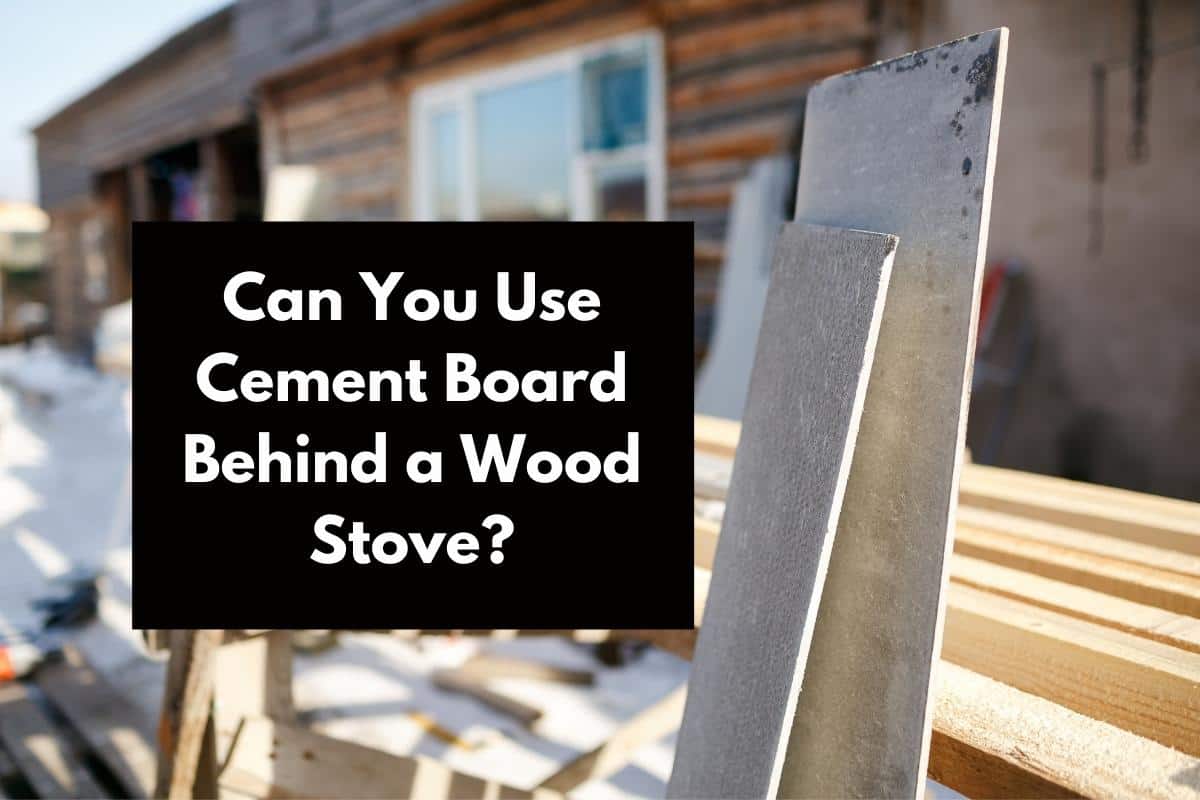
Cement board can be used behind a wood stove. It has an A1 non-combustible fire rating which means it has a high level of fire performance. When correctly installed it will prevent the heat from the stove from becoming a fire hazard and it is an extremely cost-effective heat shield solution.
A stove flue pipe can get much hotter than you would think and, if it is too close to combustible material, it can cause untold damage. Keep reading to learn if cement boards will act as a good heat shield.
Are Heat Shields Always Necessary?
Unless you’re installing your wood stove in a proper hearth with a chimney and a firebox, you must use a heat shield if you want your stove, and home, to be safe. Fire Protection recommends a clearance of 36 inches (900mm) between the stove and other surfaces. The more confined the space around the stove, the more vital heat shields are.
Why Should You Use a Cement Board?
To comply with fire codes, you will need to have some kind of heat shield around your fireplace. Cement boards are a popular way of doing this. To help you decide if they are the right approach for you, let’s look at some of the advantages and drawbacks that cement boards can provide.
Pros
· Meets fire codes around the country. Before you pick your heat shield material, you should read through the fire codes. The good news is that cement is highly resistant to fire. Because of this, many parts of the country will accept it as a valid heat shield, so you shouldn’t run into any regulatory issues.
· Durable. Cement boards are known for lasting a long time. It will likely be a few decades before you have to consider replacing them.
· Suitable for tiling. Cement boards are strong, so they will be able to cope with the weight of tiles. This allows you to add a little extra style to your wood stove.
· Easy to work with. It will be easy for a builder to hang a cement board. If you have a little DIY experience, you might even be able to hang these boards yourself.
· Moisture resistant. You won’t need to worry about the effects of humidity on cement boards, there is little risk of mold growth.
Cons
· Cost. Like most things in the construction industry, you get what you pay for. Cement boards are comparatively expensive. But they have built a reputation for being one of the best heat shield materials on the market.
· Weight. These boards can be heavy, especially if you are layering multiple boards. Lifting them into place can some problems, particularly if you have existing joint problems. The bigger risk, though, is that they can fall off the wall if they aren’t secured properly. This can cause a lot of damage.
Ultimately, whether you decide to use a cement board will be up to you. In most cases, though, they are considered an ideal choice for use around a wood-burning fireplace.
What Makes Cement Board a Good Heat Shield?
Cement boards are A1 fire-rated. It is a mixture of cement, natural plant fiber, and a fire-resistant mineral. It is subject to autoclave curing at a high temperature followed by a drying and surface treatment. You can increase the strength of the fire resistance by layering multiple cement boards.
Do I Need to Replace a Cement Board?
Cement boards are made to last for a long time. Some brands come with a 30-year warranty. It’s common for them to last for around 50 years before they start to show signs of wear and tear.
The only potential issue can form when you are changing the tiles. If you can get them off cleanly, you will be able to keep the cement board. But if you accidentally chip or damage the boards, it’s a different story. If it was a relatively minor chip, you can use tile mortar to repair it. But if the damage was more substantial, you might be better off removing the cement board and replacing it.
Is It Okay To Put A Wood Stove Near A Window?
It isn’t ideal to place a stove near a window as the heat will be more easily dissipated and installing a heat shield will be difficult. However, if that is the only place for it you will need to ensure that there is at least 36 inches of clearance from the glass to prevent it from cracking or being damaged by the heat.
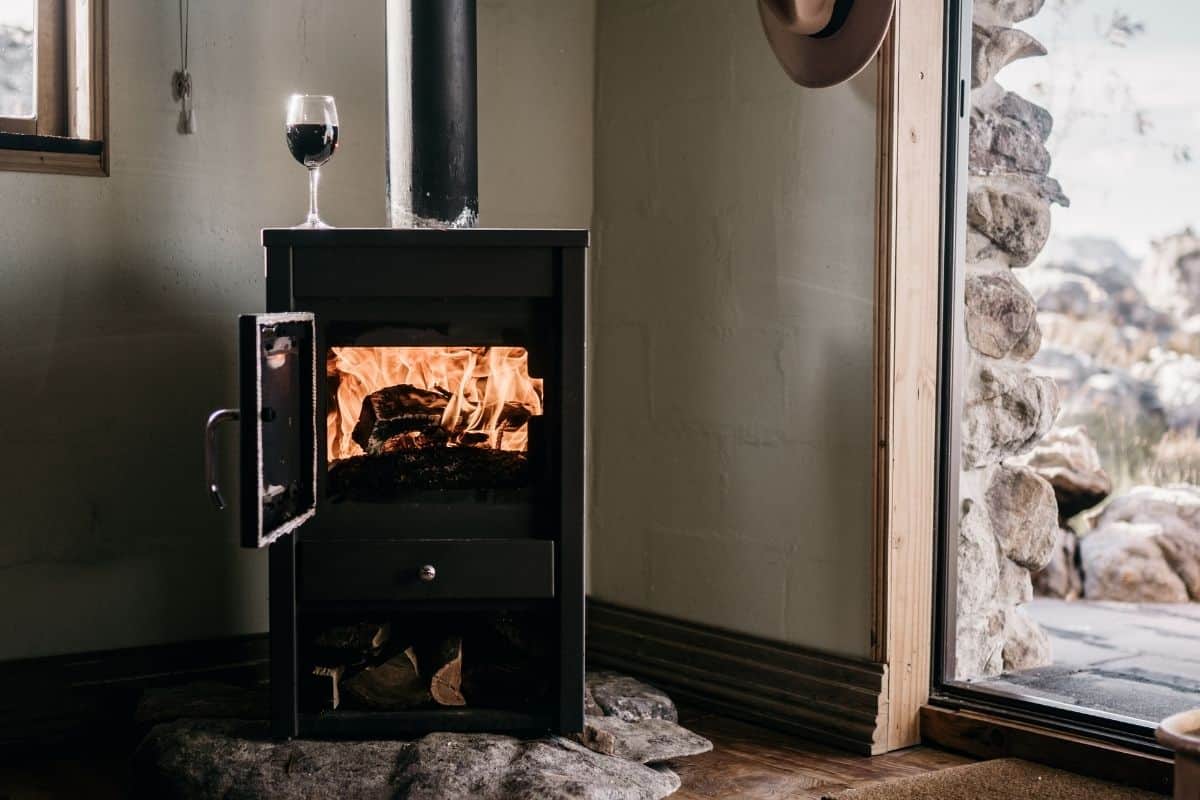
Cement Board Alternatives
Of course, cement boards aren’t the only things you can use as a heat shield. Here are some of the other options you can explore:
· Stone. This is common, allowing you to experiment with different colors, making the fireplace a focal point for the room. Even better, the stone will last for years.
· Brick. If you are looking for a relatively cheap heat shield, you might want to try using brick.
Before you purchase any material, you need to make sure that it is A-1 fireproof. This ensures that it will be able to cope with the heat from the stove. It also ensures that you won’t have any problems meeting regulations.
Conclusion
There is no more efficient way of heating up a room than with a wood-burning stove. They are far more environmentally friendly than open fires and, with a well-installed cement board as a heat shield, far safer too.
Modern wood stoves are more eco-friendly than older stoves because of the advances in the materials used to make the stoves. The emissions from burning wood are far less than those produced by gas or electricity. In fact, the newer stoves are really economical and efficient with less heat escaping through the chimney. Some of them are so well-designed that they have even been cleared for in areas that have Smoke Control Regulations.
Using cement boards as heat shields is also better for the environment as they are an eco-friendly product. So, yes, you can use cement board behind a wood stove, in fact, it is highly recommended that you do – for your safety and the planets.
RESOURCES
- Fire Prevention FAQ
- How Far Should A Wood Stove Be From a Wall?
- Is It Safe to Put a Wood Stove on a Sheet of Cement Board?
- Heat Shields
- A Guide to Wood Burning Stove Heat Shields
- Is Cement Board Fireproof?




